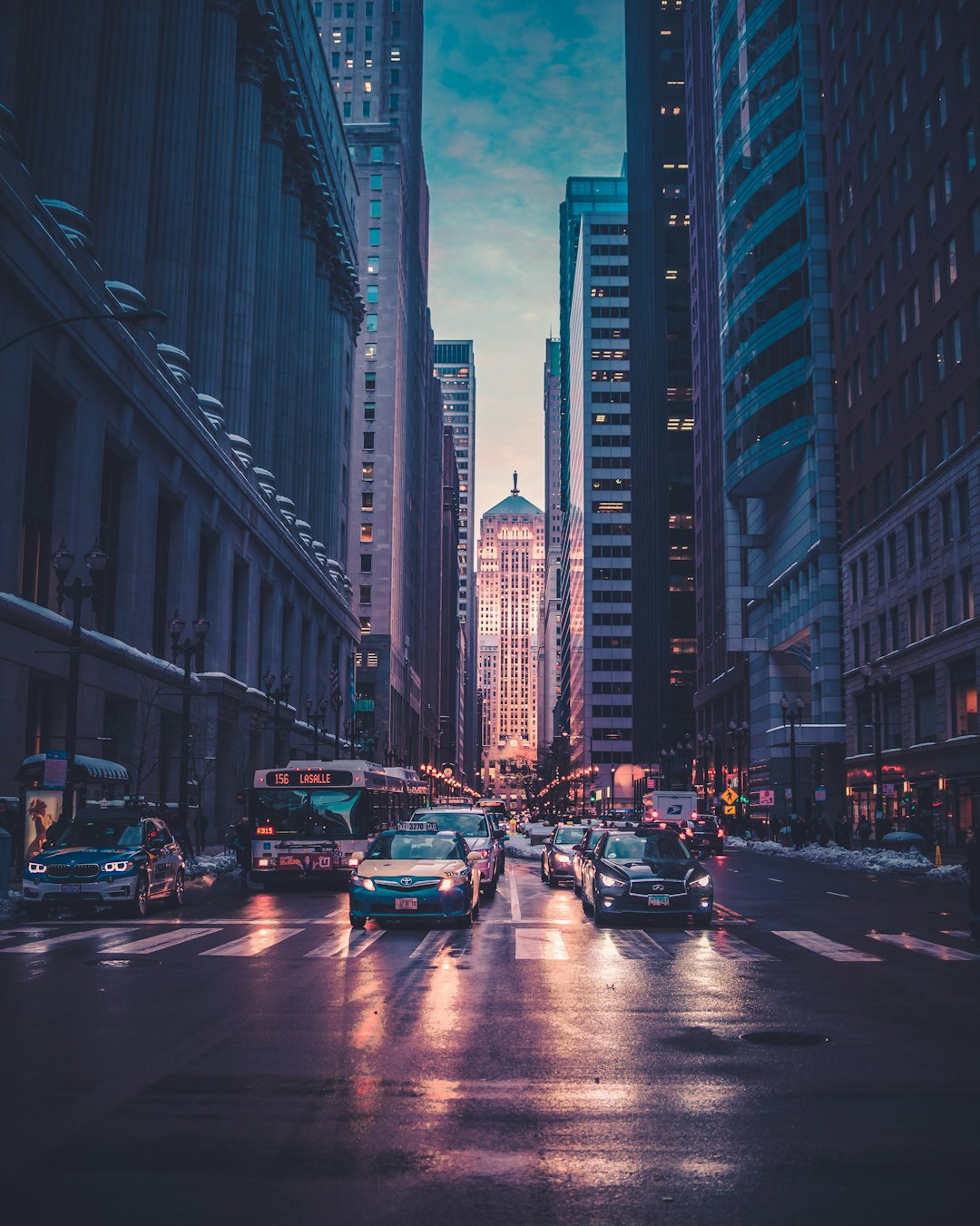
Tips for Creating Flexible Travel Itineraries.
# Introduction. Traveling can be one of the most enriching experiences in life, broadened by spontaneous encounters, unexpected detours, and the flexibility to adapt to circumstances. Flexibility in travel itineraries not only enhances the journey but also reduces stress, allowing travelers the opportunity to explore the unknown. In this post, we will delve into tips for crafting flexible travel itineraries that can help any traveler embrace spontaneity while also ensuring they don’t miss key destinations. # Understanding the Need for Flexibility. When planning a trip, many travelers create rigid itineraries marked with time slots and schedules. However, life's unpredictability may often clash with those fixed plans – be it weather changes, road closures, or unexpected recommendations from locals. Flexibility allows travelers to make real-time decisions and helps them make the most of their surroundings. In some situations, adjusting your plans may lead you to hidden gems that aren't typically in guidebooks, expanding your experience exponentially. # Prioritize Must-See Attractions. Before embarking on your trip, it is wise to identify the key attractions you genuinely want to see. Create a list of top destinations, activities, or experiences you cannot miss. Once you have established these priorities, you will have a backbone for your itinerary. However, leave ample open slots in your schedule to explore nearby locales or activities that catch your interest along the way. For instance, in a trip centered around Paris, you may have landmarks like the Eiffel Tower and the Louvre as must-sees, but set aside a day to enjoy a relaxed picnic in the beautiful Luxembourg Gardens, where spontaneity flourishes. # Use Technology to Stay Informed. Modern technology has made it incredibly easy to stay in-the-know about events and local happenings during your travels. Leverage travel apps to provide up-to-date information on local attractions, activities, and even weather forecasts. Applications like Google Maps and TripAdvisor can help with real-time analyses of the areas around you, showing traffic conditions, popular spots, and even user-generated real-time suggestions. Always keep your device charged and have access to Wi-Fi or a data plan that allows you to stay connected during your trip. This technological insight will aid in making informed decisions on the fly. # Balance Between Planning and Spontaneity. Crafting an itinerary that strikes a balance between planned activities and spontaneous adventures can revolutionize your travel experience. Allocate specific days for primary experiences but keep evenings or afternoons open for exploration, shopping, or dining. This format allows time to relax and recharge but also opens the door to opportunities like stumbling upon a local festival, street performance, or a captivating conversation with a local resident. Travel should aim to mix anticipation with surprise, making every moment unique. # Consider Transportation Flexibility. When crafting your itinerary, think about transportation options that provide flexibility. Air travel may be restrictive due to fixed schedules and booking policies. However, using rentals, trains, or buses gives you the freedom to be spontaneous. Regional rail systems and coach services often allow changes to be made with relative ease, letting you travel to unplanned destinations, such as charming villages or breathtaking landscapes just outside your original itinerary. Staying in close proximity to alternative transport routes opens up a world of spontaneity and excitement. # Stay Open-Minded and Trust Your Instincts. Beyond all planning and strategizing, the most crucial tip for a flexible travel itinerary is to cultivate an open-mindedness toward new experiences. Traveling involves interacting with diverse cultures and perspectives, and sometimes plans do not align with your expectations. Trust your instincts and be willing to explore opportunities that may arise. These encounters can foster personal growth and create lasting memories while making travel stories richer and more colorful. # Conclusion. Crafting flexible travel itineraries takes a blend of planning and spontaneity, ultimately resulting in an unforgettable experience. By embracing adaptability, you can enjoy enriching cultural experiences and forge deeper connections with the places and people you encounter. Being well-prepared with a balance between must-see attractions and time for leisurely exploration will help ensure that your journey is both fulfilling and memorable. When you allow room for the unexpected, you may just find the very essence of what makes travel wonderful. .








